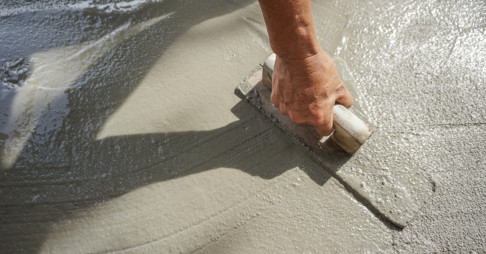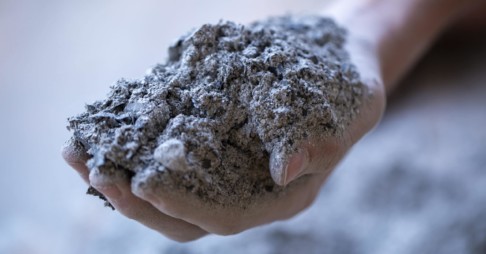Concrete production offers a new opportunity to generate carbon credits, stemming from the ability to lock carbon in concrete through CO2 mineralization.
What are Carbon Credits?
While interest in carbon credits has recently been gaining momentum, carbon credits aren’t new. First introduced in 1997 as part of the Kyoto Protocol, they were created as a financial incentive for companies to cut their greenhouse gas emissions.
But what exactly is a carbon credit?
Carbon credits are permits or certificates issued by third-party registries, such as Verra or Gold Standard, on behalf of companies that have positively impacted CO2. One carbon credit represents one metric tonne of CO2 that has been reduced, avoided or removed from the atmosphere.
After a company generates a carbon credit, it can be sold to another company that can’t reduce its own emissions, has net-zero goals, or wants to support low carbon initiatives. A carbon credit essentially allows the CO2 reductions made by one party to compensate for emissions made by another.
A number of different projects can be used to create the CO2 impact needed to generate carbon credits. For example:
- Forestry projects and tree-planting schemes that capture carbon
- Direct air capture projects that pull carbon dioxide from the atmosphere
- Carbon storage projects that pump CO2 underground to be stored and mineralized
CO2 mineralized concrete falls into this last category and offers an exciting new revenue opportunity for concrete producers. When a concrete producer mineralizes CO2and receives a verified carbon credit, they can generate additional revenue by selling the credit to another organization.
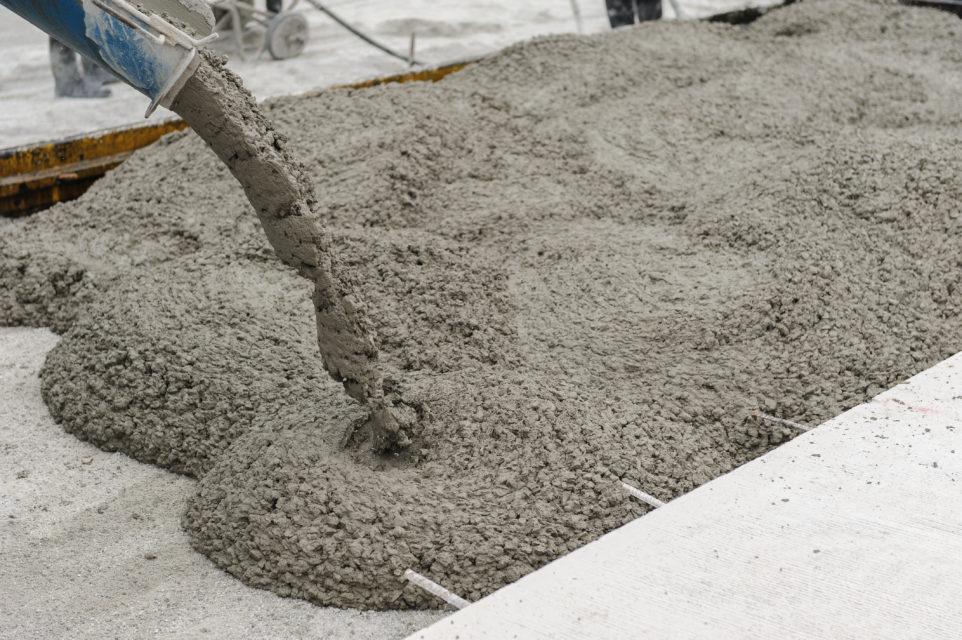
Ambitious Carbon Credit Goals
The voluntary carbon market is taking off, growing to $1 billion in 2021 and expected to be a $100 billion industry by 2030. Many leading companies, such as Meta, Stripe and Shopify, are spending millions of dollars on carbon credits every year.
These companies need partners to supply these carbon credits to help them reach their ambitious carbon credit goals. With cement production responsible for 7% of greenhouse gas emissions globally and the world's building stock expected to double by 2060, decarbonizing concrete is essential to curbing climate change. Many carbon credit buyers are also specifically looking for credits generated by industries that are challenging to decarbonize, such as the cement industry.
Instead of concrete production being a source of CO2 emissions, it offers enormous potential to reduce emissions and generate carbon credits at scale.
To create a carbon credit, one or more of the following must happen:
- Carbon emissions are reduced from operations – for example, refining an existing process in a way that cuts emissions.
- Carbon emissions are avoided altogether, which can be challenging while maintaining business operations.
- Carbon is removed from the atmosphere and is eliminated or stored so that it can’t be released.
CarbonCure’s sustainable concrete solution meets two of these criteria: reducing carbon emissions from operations and removing carbon from the atmosphere. There are not many solutions that are able to do this in the market today, making concrete carbon credits unique and a potentially meaningful revenue stream for concrete producers.
How CarbonCure Generates Carbon Credits
CarbonCure uses a proven methodology to inject a precise dose of recycled CO2 into concrete. This methodology has been approved by Verra, a leading third-party carbon credit verification body, with CarbonCure currently being the only approved solution of its kind.
When CO2 is injected into a concrete mix, it reacts with the cement and converts into a new mineral, permanently storing the CO2 and removing it from the atmosphere. This process also maintains the concrete’s strength, allowing producers to decrease the cement content of their mix and reduce carbon emissions.
CarbonCure’s technologies include a control box that tracks and measures the CO2 that’s injected into the concrete mix and the cement reduction. Producers share their batching and ticketing data to CarbonCure’s secure database, where it is run against our methodology. After verification, a carbon credit is generated and is then sold in CarbonCure’s network of global buyers.
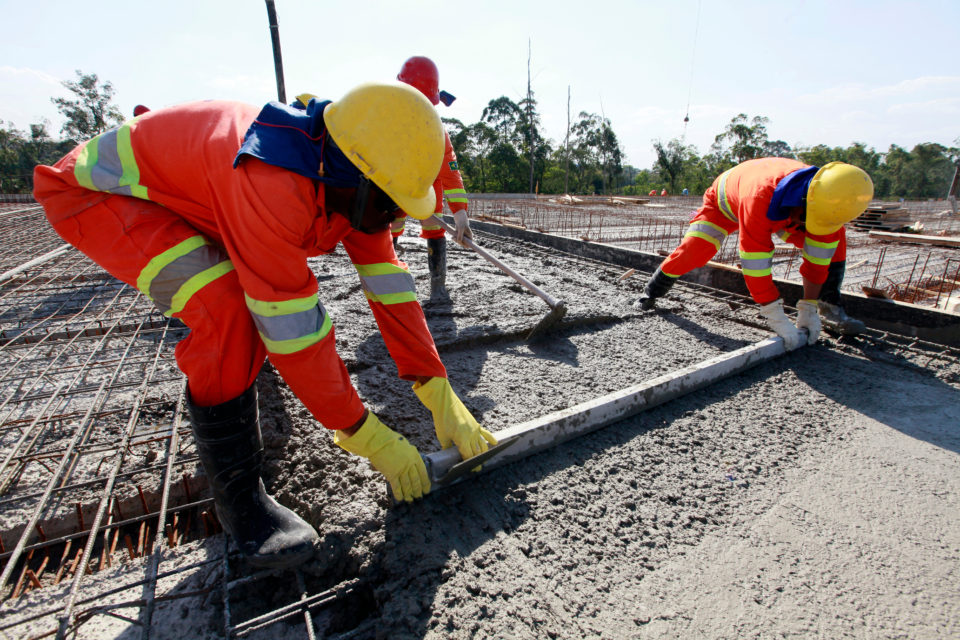
A New Revenue Stream for Concrete Producers
CarbonCure gives producers a way to create a new revenue stream by doing what they do best: producing concrete.
We share all revenue generated from the sale of carbon credits with concrete producers. To date, CarbonCure has distributed more than $1.7 million from carbon credit sales to producers. We estimate that a producer who pours 50,000 cubic yards of CarbonCure concrete could earn up to $25,000 in carbon credit revenue. And because the CO2 injected into concrete maintains its strength while reducing cement content, producers also save on cement costs.
Carbon credit buyers look at a number of criteria when considering what credits to buy – for example, prioritizing projects in specific regions or those that permanently store carbon dioxide. CarbonCure meets a number of these important criteria for carbon credit buyers. In response, the market values CarbonCure credits at over $100 – roughly 30 times the average $3 price of a carbon credit.
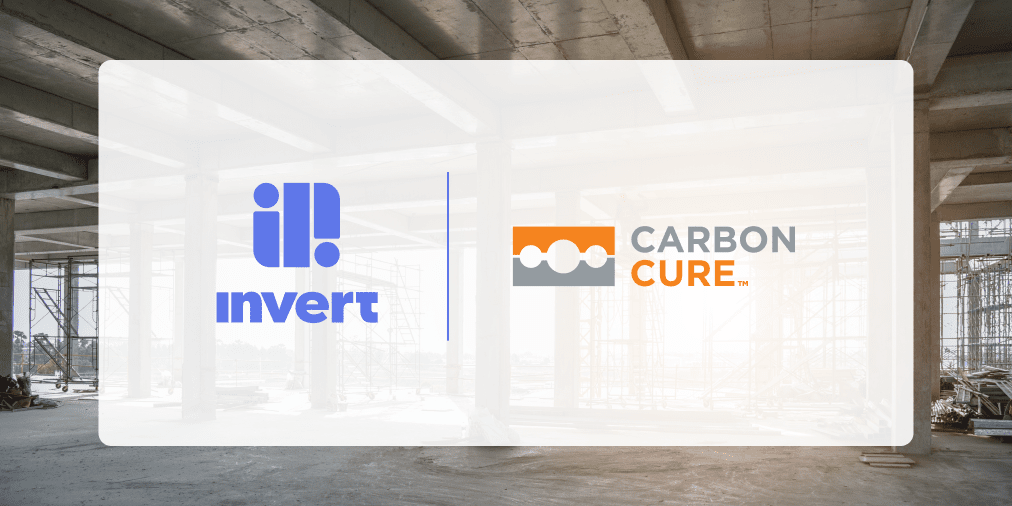
Scaling with Carbon Credits
In April, Invert and Ripple came to an agreement with CarbonCure to purchase $30 million in CarbonCure carbon credits over the next ten years.
This is the largest purchase agreement for carbon mineralization solutions in the world, a strong signal of the increasing demand for carbon credits – and for CarbonCure credits specifically.
This agreement will allow CarbonCure to scale faster and partner with even more producers worldwide. As part of this effort, we’re offering a limited time signing bonus to concrete producers.
To find out more about how this opportunity could work for you, watch our recent webinar on carbon credits for producers or get in touch with us today.
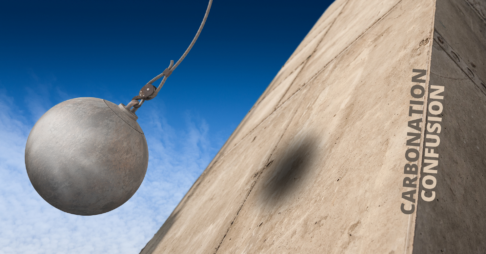
Razing a Common Misunderstanding: Early-Age Carbonation vs. Atmospheric Carbonation in Concrete
